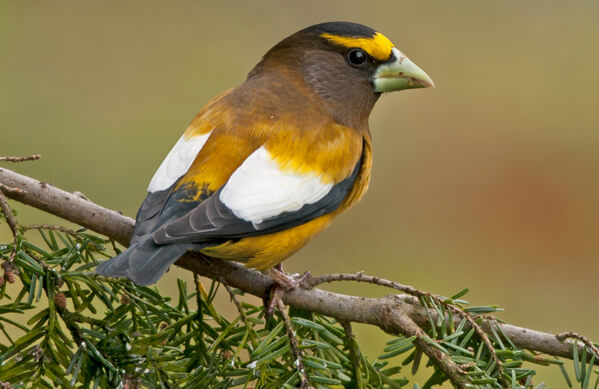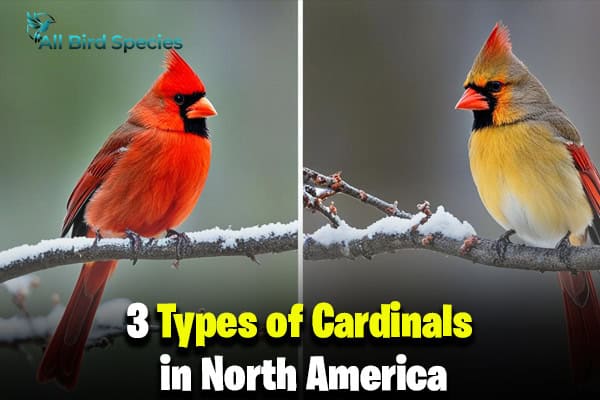Rodrigues Solitaire: Extinct Bird of the Indian Ocean
Did you know that about 90% of the birds that once lived on Rodrigues Island are now gone? The Rodrigues solitaire was one of them. It was a big, flightless bird that lived with the famous dodo on Mauritius. Let’s look back at this bird and see how humans affected the balance of birds in the Indian Ocean.
The Rodrigues solitaire was a key part of Rodrigues Island’s ecosystem. We’ll learn about its life and how it became extinct in the late 1700s. This bird’s story teaches us about its importance and the harm humans cause to its home.
Join us as we explore the life and struggles of the Rodrigues solitaire. We’ll see how it lived and what lessons it gives us today.
Here we’ll learn about the (Rodrigues Solitaire: Extinct Bird of the Indian Ocean)
Quick Facts:
- Lifespan – Unknown
- Extinction – Late 1700’s
- Average height – (90 cm) to (70 cm)
- Average weight – (28 kg) to (17 kg)
- Family – Columbidae
- Subfamily – Raphinae
Introduction to the Rodrigues Solitaire
The Rodrigues solitaire is a key part of the history of this bird. It lived on Rodrigues Island, a place in the Indian Ocean known for its unique plants and animals. We know about this bird thanks to François Leguat, a French explorer, and his Huguenot friends. They wrote about their time there in the late 1600s.
Physical Description of the Rodrigues Solitaire
The Rodrigues solitaire was a bird with unique looks that set it apart. It had a size and appearance that captured attention. Knowing about its size and looks helps us picture this lost bird.
Size and Appearance
This bird was about 35 inches tall and weighed 37 to 62 pounds, similar to a swan. Males were bigger and darker, with grey and brown feathers. Their size made them a big deal in their world.
Distinctive Features
One of the solitaire’s standout features were the big knobs on its wings, especially in males. These knobs were likely used in fights. The bird also had small wings and a short tail, showing it couldn’t fly.
| Trait | Details |
|---|---|
| Height | Approximately 35 inches |
| Weight | 37 to 62 pounds |
| Plumage Colors | Grey and brown |
| Wing Characteristics | Small with prominent carpal knobs |
| Tail | Short and rounded |
Rodrigues Solitaire Extinct: Causes of Extinction
The extinction of the Rodrigues solitaire shows how human actions can change nature forever. The hunting history of these birds tells us why they disappeared. Early settlers ate them when food was scarce, starting a chain reaction that hurt the bird population a lot.
Human actions made extinction worse. This is something we must remember.
Human Impact and Hunting
More people on Rodrigues Island meant more need for food. Hunting the solitaire birds became common. This led to hunting that was not good for the birds.
Settlers’ ways of living harmed the local ecosystem. This led to fewer solitaire birds.
Introduction of Predatory Species
But hunting wasn’t the only problem. Non-native animals like cats and pigs were brought in. These animals ate the solitaire birds’ eggs and young. This made things even harder for the solitaire.
Together, hunting and new animals made life hard for the solitaire. By the 1760s, it was gone. We can learn from this to protect birds today.
Related Video:
Origins and Taxonomy of the Rodrigues Solitaire
The Rodrigues solitaire is a unique bird with a rich history in the bird world. It is classified as part of the Columbidae family, which includes doves and pigeons. Early on, it was thought to be in the Raphidae family. But genetic studies have shown it’s more closely related to its living relatives.
Familial Relations with Doves and Pigeons
Learning about its connection to doves and pigeons helps us see what makes the Rodrigues solitaire special. This bird has unique traits but shares a common ancestry with the Nicobar pigeon. This shows how adaptable the Columbidae family can be.
Evolutionary History
The story of how the Rodrigues solitaire evolved is quite interesting. Its ancestors likely came from Southeast Asia. They could fly but moved to Rodrigues Island and changed a lot over time.
With no mammals to worry about, they lost the need to fly. This led to a life on the ground and changed their evolution. This story helps us understand why the Rodrigues solitaire is so unique in its home.
| Aspect | Rodrigues Solitaire | Nicobar Pigeon |
|---|---|---|
| Taxonomy Family | Columbidae | Columbidae |
| Ability to Fly | No | Yes |
| Origin | Rodrigues Island | Southeast Asia |
| Closest Living Relative | None | Rodrigues Solitaire |
| Habitat | Terrestrial | Forests |
Behavior and Communication
The Rodrigues solitaire showed interesting behavior, especially in social structure and communication. They had unique ways of talking to each other. This shaped their social life on the island.
Social Structure
It’s key to understand how the Rodrigues solitaire lived together. They were mostly alone but sometimes gathered, especially when breeding. They were very protective of their territory, fighting off rivals. This was important for getting food and finding a mate.
Vocalizations and Sounds
There’s not much known about the sounds of the Rodrigues solitaire. They didn’t make many sounds, which is unusual. Their wings made a low rattle that could be heard far away. This sound helped them find mates and protect their territory.
François Leguat wrote about these sounds. He said they came from the birds hitting their carpal knobs together. This helps us understand how they communicate.
Feeding Habits and Diet of the Rodrigues Solitaire
The Rodrigues solitaire had a unique diet that suited its island life. These birds ate mainly fruits, like sweet dates from Latin palms. They also ate seeds, leaves, and other plants, showing how extinct birds adapted to their surroundings.
Preferred Food Sources
Studies show that Rodrigues solitaire loved certain foods:
- Fruits, especially dates from the latan palm
- Seeds and nuts from various plants
- Leaves and tender shoots
This varied diet helped the birds survive on the island.
Digestive Adaptations
The digestive system of the Rodrigues solitaire bird was key to its diet. Like many birds, it used gizzard stones to help digest food. These stones broke down tough plants, making up for the bird’s weak chewing ability. This shows how the Rodrigues solitaire used special strategies to get nutrients from plants.
Habitat and Distribution
The solitaire bird lived in a special place that helped it survive and shaped its life. By learning about its habitat, we understand the unique ecosystems of Rodrigues Island. This bird once called this place home.
Natural Environment
The solitaire’s home was in lush, forested woodlands. These forests were full of life and gave the bird everything it needed to live. The plants provided food and places to nest.
But, deforestation and habitat loss hurt the solitaire’s numbers. Now, we see how vital it is to protect these areas to save other species too.
Geographical Range
The solitaire animal only lived on Rodrigues Island. Its limited area shows how island species are at risk. As people and the environment changed, the bird’s numbers went down.
Today, we’re working to save what’s left of the solitaire’s home. This helps protect other species in Mauritius too.
| Aspect | Description |
|---|---|
| Habitat Type | Lush, forested woodlands |
| Primary Resources | Food sources, nesting sites |
| Impact of Human Activity | Deforestation, habitat degradation |
| Geographical Range | Confined to Rodrigues Island |
| Biodiversity Importance | Significance in conservation efforts |
Check Our Previous Articles:
Wrapping Up…
The story of the Rodrigues solitaire teaches us a hard lesson. It shows how our actions can harm isolated species in fragile places. This bird’s story tells us about the dangers of ignoring our planet’s needs.
Thinking about the Rodrigues solitaire, we see how vital it is to save unique animals. Every species has a special role. By saving them, we protect our homes and our health too.







